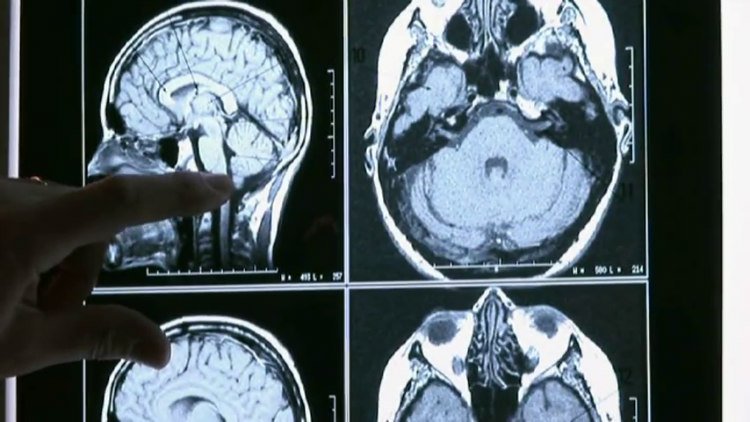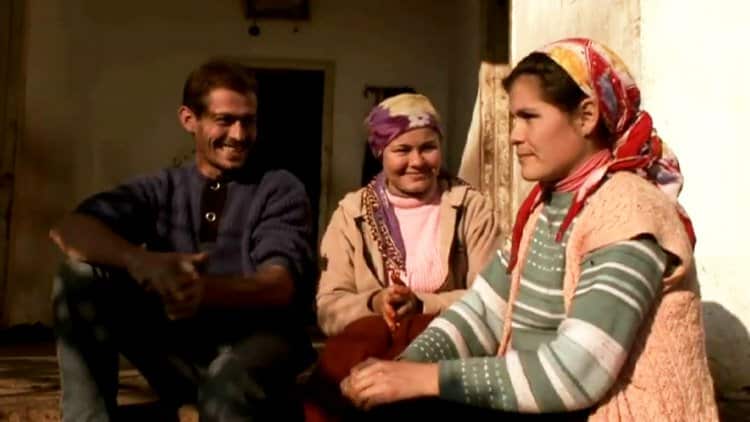Discovered in 2005 at a remote, undisclosed, location in southern Turkey, the Ulas family were the subject of a BBC documentary called The Family That Walks on All Fours. The family became the center of debate among scientists who favored different theories to explain their condition. Though at first it was speculated that the five siblings might be a genetic throwback to the quadrupedal locomotion of hominids, it came to light that they have a brain defect that makes it difficult for them to stand upright. Here is more about the five siblings, their family, and what the world of science had to say about it.
The Ulas family is a Kurdish family of 19 children and their parents, five of whom exhibit a quadrupedal gait, walking on all fours, something that has never been reported before in anatomically intact humans.

Among the 19 children of Resit and Hatice, the father and mother, 12 are normal and the other seven have problems with their gait. One of the seven children died and one, Gülin, can walk upright but “looks drunk” suggesting problems with balance. Of the rest of the five siblings are four sisters, Safiye, Hacer, Senem, and Emine, and a brother Hüseyin. These siblings walk on all fours with their feet rather than knees and the wrist side of the palm. Such gait is known as “bear crawl.”
Among the theories put forward to explain this walk was the theory of “backward evolution,” a missing gene, and that it’s a combination of cerebellar ataxia and how they were raised.

According to Uner Tan, an evolutionary biologist at Çukurova University Medical School in Adana, Turkey, the siblings show characteristics of our primate ancestors before they learned to walk upright. He believes it to be “backward evolution” and calls it “Uner Tan Syndrome.” According to Professor Stefan Mundlos, a Berlin-based geneticist, a specific gene is responsible for bipedalism which he believes must be missing in the siblings.
Nicholas Humphrey, an English psychologist, heard of Tan’s unpublished paper from neuroscientist and evolutionary psychologist John Skoyles and believes it to be cerebellar ataxia. The cerebellum is responsible for balance and spatial orientation; damage to it often results in disturbances in balance and gait.
According to Roger Keynes, a British medical scientist, they have a defect in their cerebellar vermis. However, damage to cerebellum did not explain how Gülin, who inherited the same defect, could walk bipedally, though with a little difficulty. So, Humphrey, Skoyles, and Keynes argue that the problem is twofold—a rare combination of an inherited, recessive, genetic mutation that caused non-progressive congenital cerebellar ataxia and their upbringing.
Though they have problems balancing on two legs, there are no signs of poor coordination of hands, speech, or eye movement. The sisters also enjoy crocheting and embroidery.




0 Comments